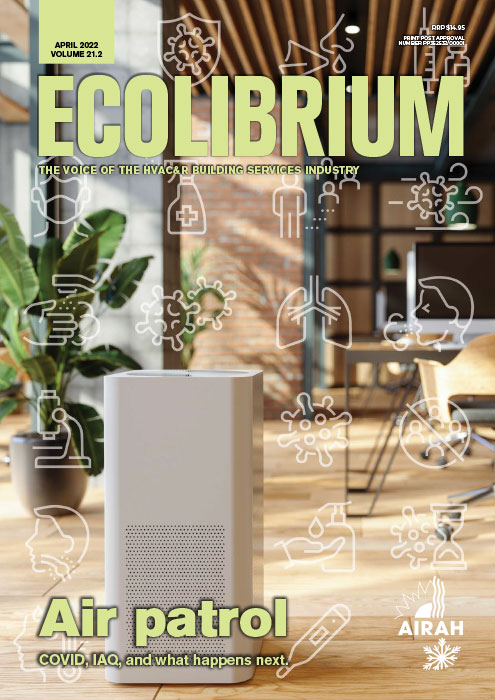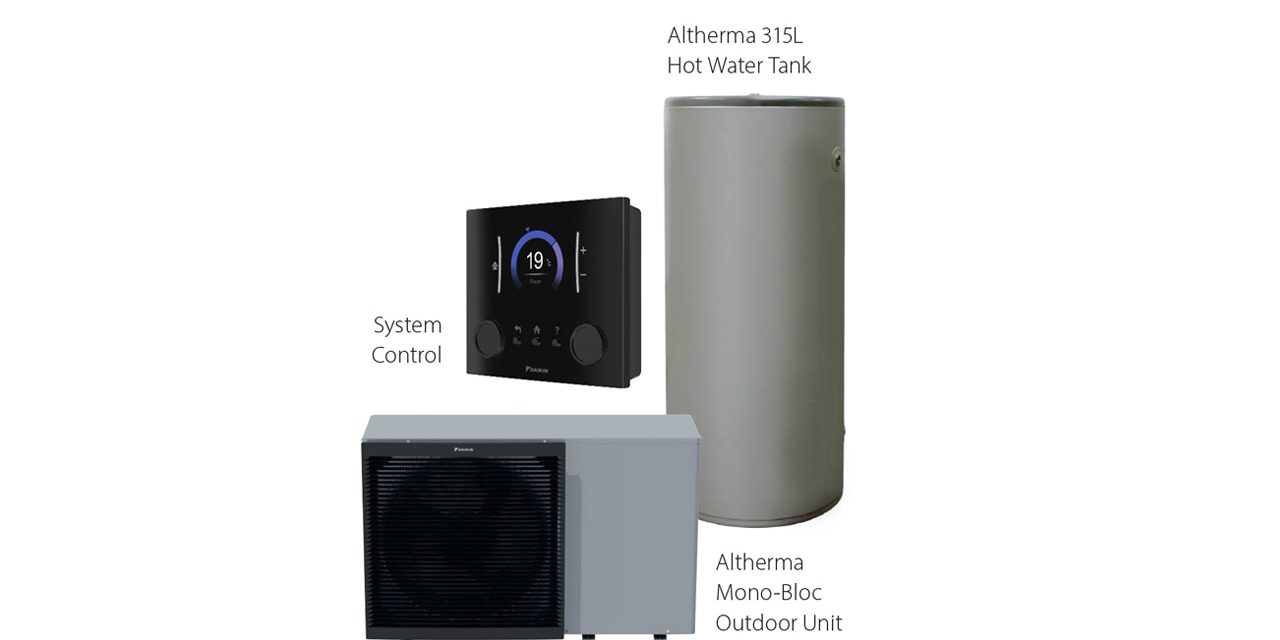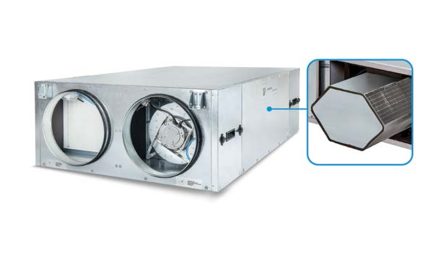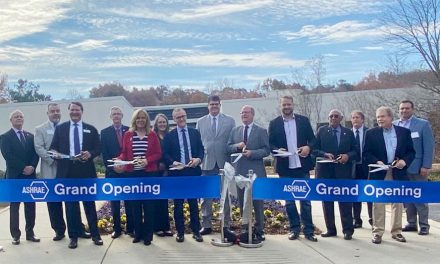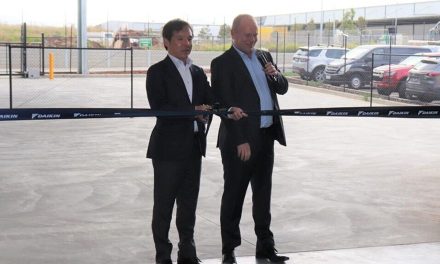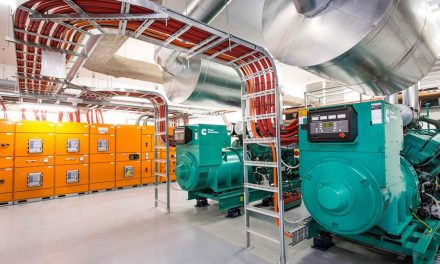Daikin Australia has launched its new R32 Altherma Mono-Bloc system, which it describes as “a highly flexible, energy-efficient home heating and cooling system that creates consistent, controllable comfort for homes”.
Daikin’s Altherma range of hydronic heating and cooling systems are designed to provide energy-efficient, even, radiant and draught-free heat.
As well as using a lower-GWP refrigerant than previous models, the new R32 Altherma Mono-Bloc system offers a number of attractive features.
The new outdoor condenser unit features a silver/grey finish and is 35 per cent shorter and 7 per cent lower in volume than previous models. The wired controller has a black finish and 4.3” colour LCD display that allows users to control the individual water temperature of up to two zones or emitters.
The new Mono-Bloc design requires no indoor hydrobox, and a wiring centre is no longer required when connecting to a domestic hot water system. And importantly, according to Daikin, the energy efficiency ratio (EER) has increased by up to 36 per cent and the coefficient of performance (COP) by up to 13 per cent.
“Available in heating only or reverse-cycle options and Class 9, 11, 14 and 16 capacities, Altherma efficiently creates the optimal indoor temperature by utilising ambient air,” says Daikin. “Between 66–80 per cent of the heat energy produced by Altherma comes from the outside air and is free of charge.
An optional domestic hot water tank can also be integrated into the system to satisfy the home’s hot water needs.
Go to www.daikin.com.au
